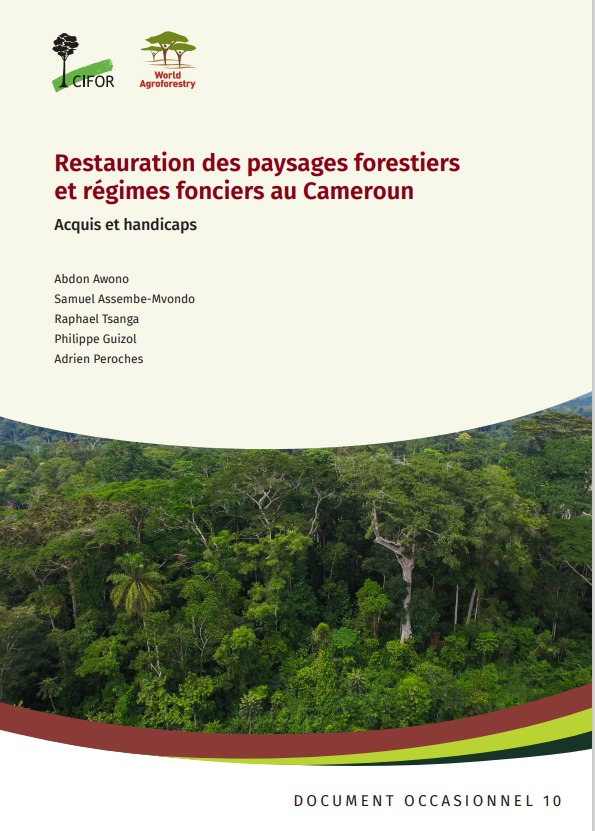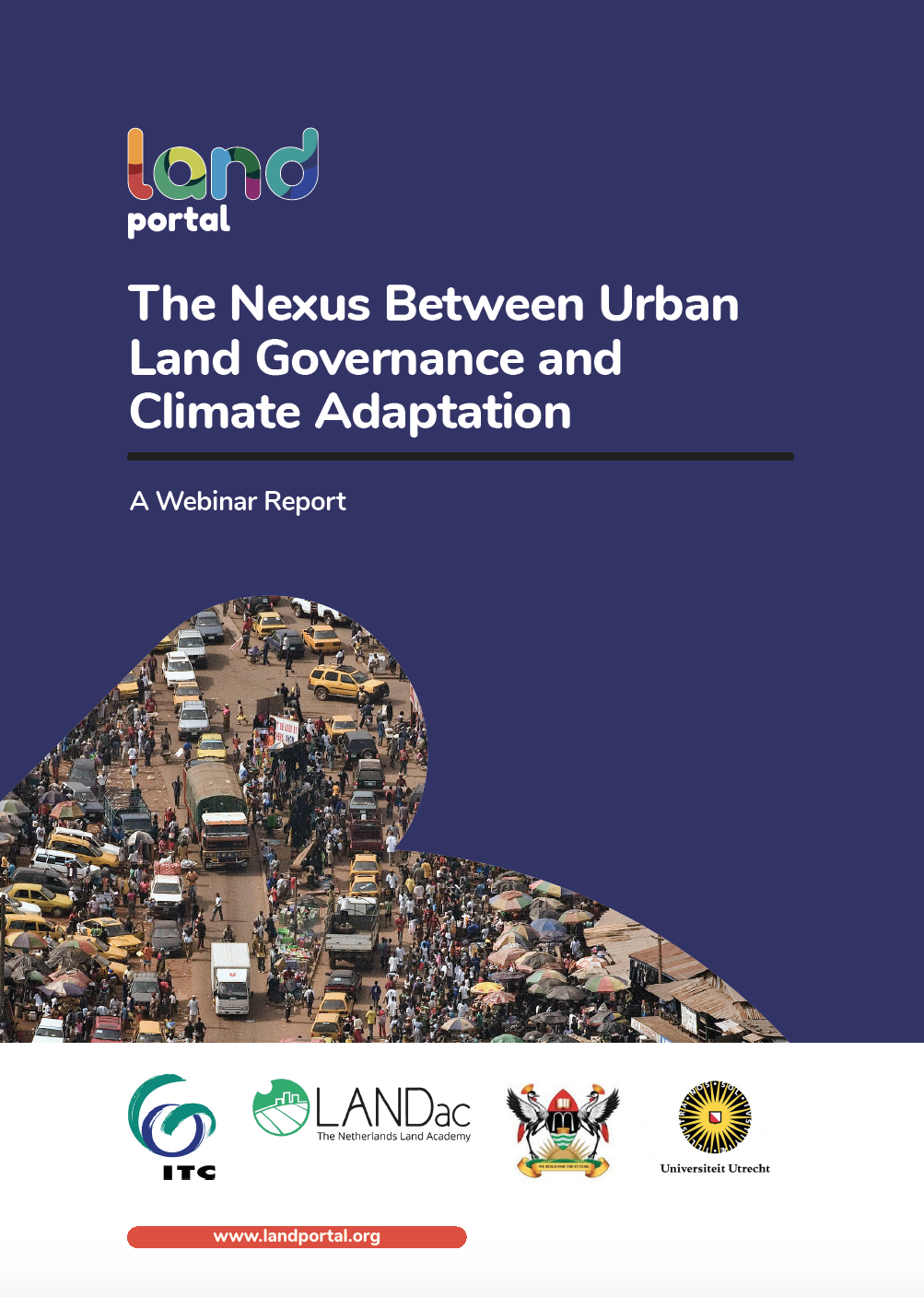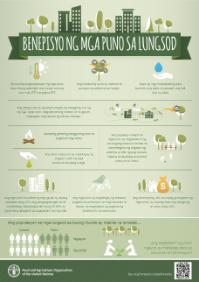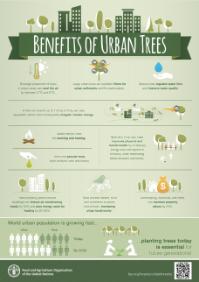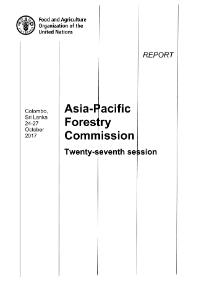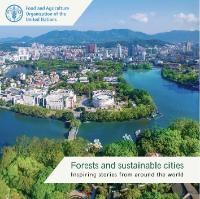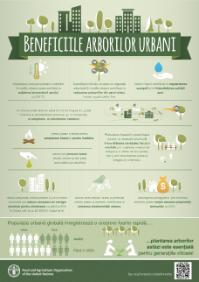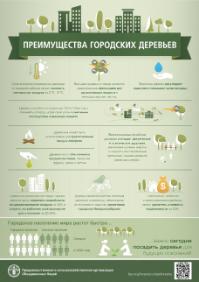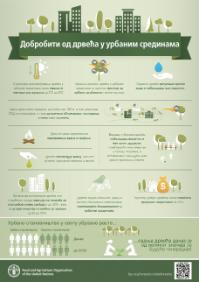Restauration des paysages forestiers et régimes fonciers au Cameroun : Acquis et handicaps
Ce papier constitue une synthèse des acquis et des handicaps de la restauration des paysages forestiers et régimes fonciers au Cameroun. Il présente par ailleurs les engagements du Cameroun pour ralentir la déforestation et la dégradation de ses écosystèmes forestiers à travers la stratégie nationale de restauration des paysages forestiers, en lien avec les initiatives du Défi de Bonn, de l’AFR100 et de la Grande Muraille Verte.

